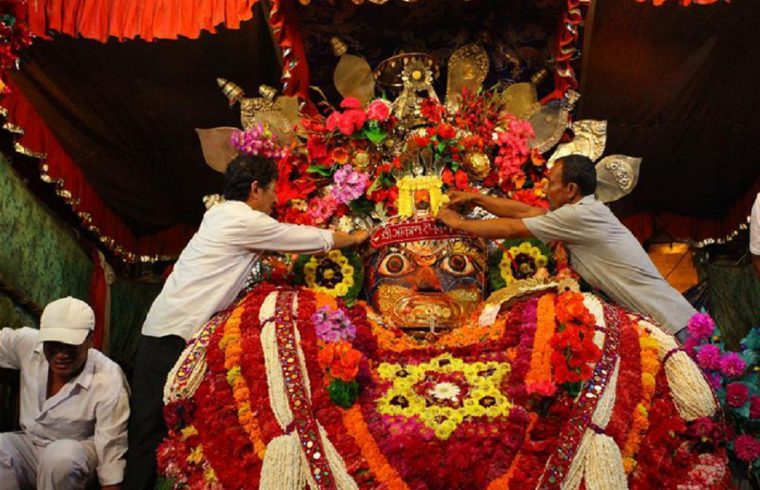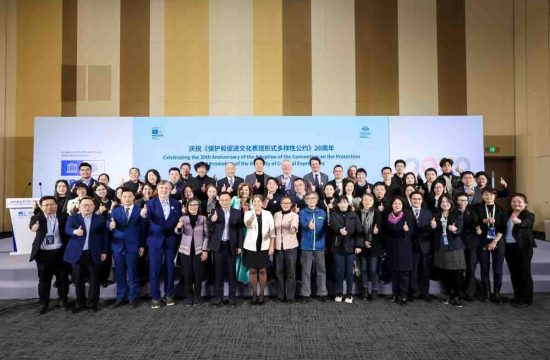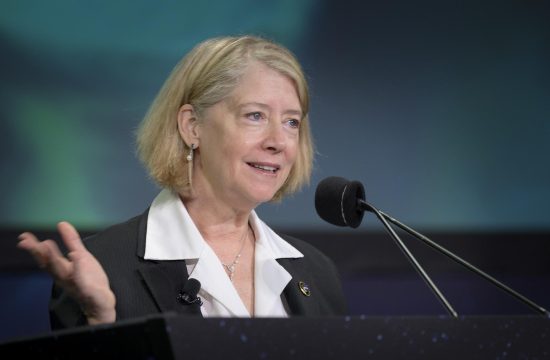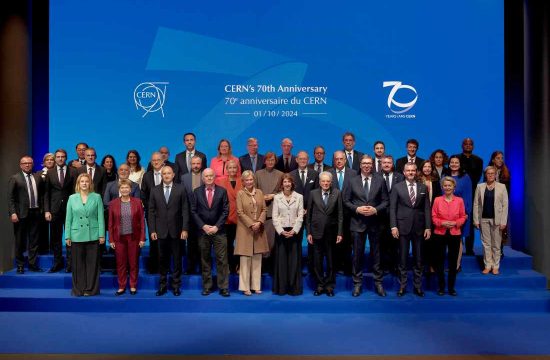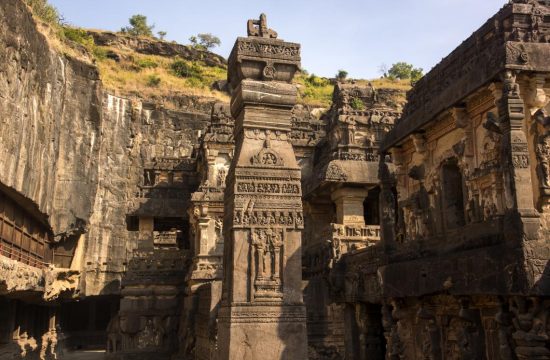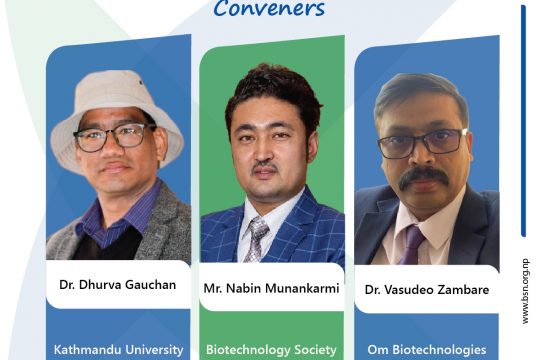
Prof. M. L Singh, PhD
Habitats of Yen (Kathmandu city) is right now celebrating Yen Yaa celebrated every year for eight days and government will celebrate it officially as Indra Jatra to legalize the looting of this city by its predecessors. Many distortions have been made making Nepalese ignorant of the true facts. This Jatra is also called Kumari Jatra. In fact this jatra is called Yen Ya to celebrate the establishment of Yen Dya by a Kirati leader Yalamber (who became later Akash Bhairab of Indrachok).
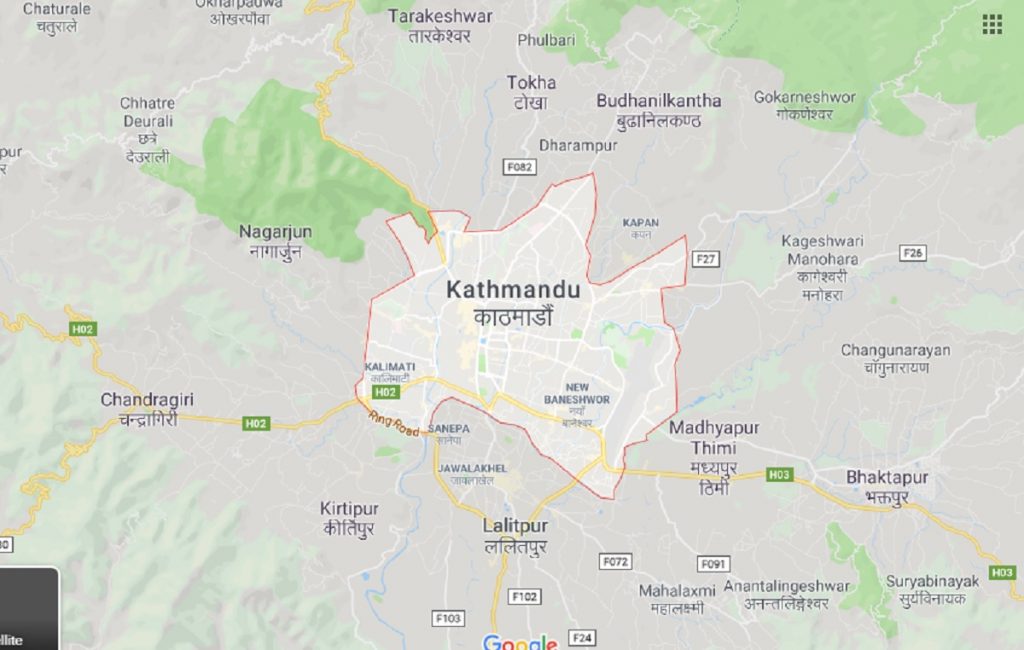
It is said that he was great tantric. He drained the Bisnumati river flowing from places which now were the main streets of the Kathmandu city by keeping Ghas activated by Tantra (Tantric water vessels) at different places of the river and established human settlements with names Gha at the end. The major settlements so established made were Ongha ( Present Indrachok), Kilagha (present Kilaga, Nagha ( Naga), Sigha ( Sigal), Nhu gha (Present jaisidebal). Each of these settlements were habited by only one group of different indigenous population refereed as Jyapu in aggregate form. These groups were different in genetic compositions and origins but later absorbed into common sophisticated social structure developing advanced Jyapu civilization which later became a part of Newa-civilization. These settlements have their own protective deities and were worshiped by locals of the settlements. These settlements were called Twa (similar to small sections of present wards) and the inhabitants were called Twa Khala (members of the Twa).
Many outsiders as well modern sociologist never tried to understand this fact and presented habitants of different settlements as a common community called Jyapu. For instance for many, habitants of Ongha, Kilagha ,Hainpu Nani, adjoining localities of Ongha were same jyapus with common social features and dress. But in fact, they are entirely different ethnic groups of peasants. Habitants of Ongha were Kiraties, Habitants of Kilagha were the cow keepers and Habitants of Hainpu Nabi were the dock keepers
Later the new twas were developed and the number of twas extended to 32 from 17 existing ones. The old twas (17 in number) were the mains ones and uses Dhunias to display in the Jatra. The Twas were self governing social units administrated by the Guthis headed by elders called Thakuulis. In order to prevent genetic deterioration by marriage within the same families, the marriages of the members belonging to the same twa were strictly forbidden.
In Newa Bhasa, Dya is spatial unit formed by integrated twas and divided into two linear parts, called Thane and Kone. Yen dya is about 2km from south to north and about 1km from west to east. Newa Dya is not a Desh (Country) as many misunderstood nor a country to be ruled by kings or monarch .It is simply an aggregate of settlements with number of gates at its outer circumference.
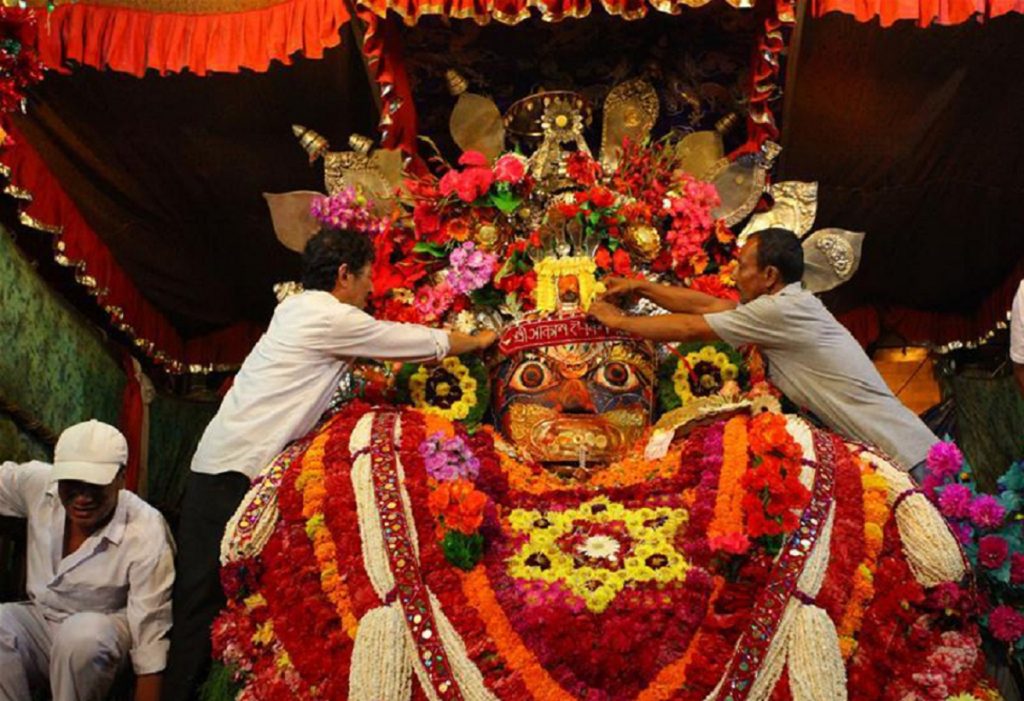
In Yen dya, at the start of Yen ya, local people pay tributes their deaths by putting lighted Palcha on this circumference. This circumference is the boundary of old Yen dey. Later a lichivi king Gunakam Deva, who happened to be the ruler of this dya in 12th century renamed this dya as Kantipur by putting a statue of Kanteshore(Shiva) at a pit in Ongha square.
In Nepalese history, the founder of this dya with sword shape was misquoted as Gunakam Deva with distortion that that this dya was established by putting statues of eight Ajimas at its circumferences In fact , these statues existed long ago before coming of Guna Kamana Dev.
In 14 century, a tantric Gubhaju constructed a mandapa with a temple by using the woods of a single tree at Maru square and named it as Kasthamandapa. Later this name was extended to denote the whole of the Kantipur city. After subjugation of the city by Gorkhalis about three hundred years, the ruling Thakuries from far western hills of Nepal changed the name of the city as Kathmandu in consonance with names of their localities as Mandu (in Doti district)
Thus we find different names for the same settlements as Yen Dey, Kantipur, Kasthamandapa and Kathmandu. However the native population of the valley, the newars still refers it as Yen. Lalitpur as Yala and Bhaktapur as Khopa. The main square of the city, Ongha was named Indrachok by Surpratap Shah, the son of Prithivinarayan Shah. To justify the name he introduced the practices of displaying bronze statue of Hindu god Indra at a platform raised and supported by four wooden pillars each about 40ft at Ongha and Maru squares during Yan Yaa and the changed its name as Indrajatra. Also during this jatra, last malla king Jayaprakas Malla introduced the practices of drawing of chariots of living goddess Kumari in the streets of Yen Dya and since then this practice continued until now; The Yen Ya is also called Kumari Jatra. But native of the valley still continue to call this function as Yen ya.
In Kumari jatra, the chariots of living goddess Kumari, Bhiarab and Ganesh are pulled in the streets of the Yen Dai, for three days,1st day in Konya celebrated as Konya Yay, 2nd day in Thanya as Thanya Ya as and 5th day again in Thanay as Nanicha Ya but the route being truncated through Kilagal.
The Kumari is represented by a Sakya girl who has yet not attained the puberty. She is considered the incarnation of Taleju Bhawani, the clan deity of Karnataki kings of Simaraun Garth in Rautahat brought to the valley by the king Harihar Dev when he fled to valley to be safe from Muslim invasion. Here also, the true fact was distorted Kumari is a virgin girl.
Ancient Newa introduced the concept of Kumari goddess a fierce and dreadful deity and made a girl child to represent her in order to discourage the sexual manipulation of minor girls. So every important old Newa Twa installed one Living Kumari goddess in their locality to protect the minor girls in their locality from sexual abuses. This practice was adopted making present system of Kumari as the authority to legalize the reign of a person as a ruler.. This was done in the evening of Nanicha Ya by visiting Kumari at kumari chen of Basantapur by the head of the country and taking Tika from Her. This act is called Tikha Phaygu ceremony.
About 300 year ago, Ghorkhalis invaded the Yen Dya at evening when Newa were celebrating the Kumari jatra not giving any opportunity for local people to defend themselves against the rules of war. Though claimed this as a war, it is the act of looting .This looting was made legal by Gorkha king by taking Tika from Kumari,
During Rana period, this Jatra used to be celebrated as victory parade of Gorkha soldiers against the locals. And this parade used to be participated by Shree 3 maharaja (Rana Pri-ministers) riding on decorated elephants and throwing the silver coins to beautiful ladies specially Newar girls onlookers, Males were no allowed to stay at their homes during this parade
Thus Yan Ya- the jatra initiated to celebrate establishment of Yen Dey ya (present Kathmandu city) is misused as Indra jatra as a victory parade of outsiders over locals. Newa population should pay attention to this fact.


